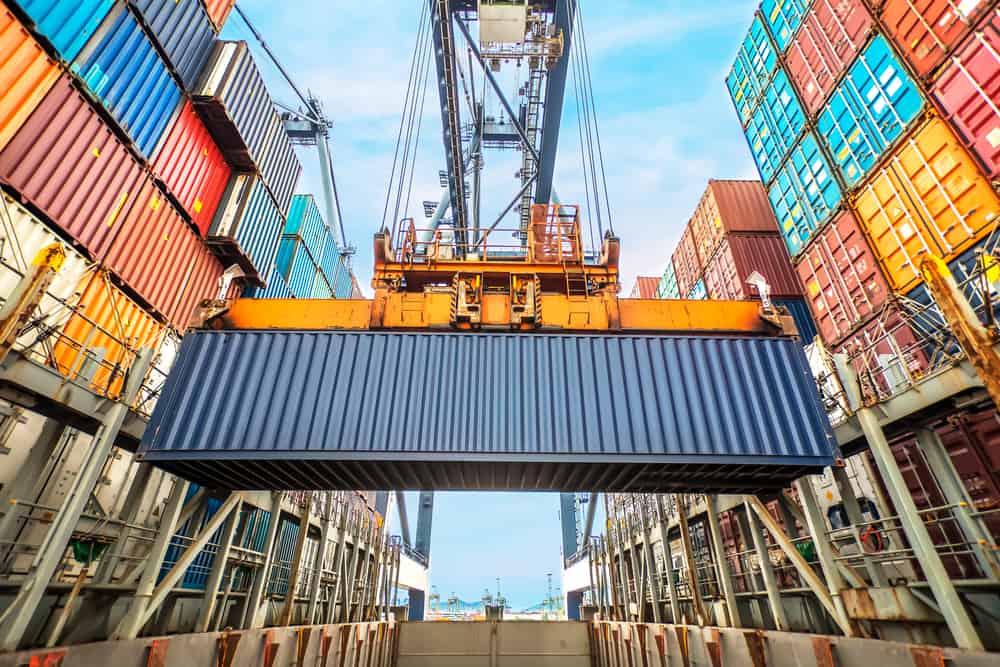The Trump administration’s tariffs are targeting a sacred pillar of economies around the world—one that allies and rivals alike are unlikely to give up: value-added taxes.
When he unveiled his worldwide tariffs last week, President Trump blamed “exorbitant VAT taxes” among the factors for America’s yawning trade deficit . The president and his advisers claim that the tax discriminates against U.S. exporters because foreign producers selling into the U.S. are exempt from VAT whereas U.S. producers selling abroad are subject to it.
The rest of the world disagrees, saying VAT is nondiscriminatory by design. As countries scramble to respond, there is no sign that the tax, which funds a large share of government budgets around the planet, is going anywhere.
VAT is the norm
VAT is levied on the value added at every step of a good’s production, with the final consumer ultimately bearing the cost.
Take a fictitious car. A steelmaker collects VAT when it sells steel to a carmaker and hands the VAT over to the government. The carmaker collects VAT again when it sells the car to a dealer, but this time gets a tax credit or retains a share of what it collects to make up for what it paid the steelmaker. This is replicated along the chain to the final buyer, who pays the full VAT.
The system incentivizes businesses to levy and remit the tax to claim their tax credits, making it self-policing and harder to evade than sales taxes. Since it is charged and reclaimed at every point of the production, VAT makes for a broader tax base while not penalizing complex products with long supply chains. VAT is also easy to refund on export, making it trade-neutral.

VAT is a long-established fiscal tool for finance ministers such as Canada’s François-Philippe Champagne. REUTERS/Ken Cedeno
Trump advisers and supporters often characterize VAT as a European tax. Yet while European countries began rolling out VAT in the 1960s and 1970s, the tax has since been adopted by more than 170 countries, such as China, India, Canada and Mexico. The 19 countries that don’t have it include Cuba, North Korea, Yemen and the U.S.
Among members of the Organization for Economic Cooperation and Development, a club of rich countries, the U.S. is the only country that doesn’t use it. VAT is the norm not just across Europe but also Asia, Africa and Latin America. Economists say that VAT’s efficiency and resistance to evasion are among the reasons why it has become standard.
In Europe, abolishing VAT would also require changing the way the European Union is financed and rewriting the bloc’s founding treaties.
“VAT is deeply embedded into how companies worldwide do business,” said Roel Dom , research fellow at Bruegel, a Brussels-based economic institute. “Moving away from it would have an impact on supply chains but bring no benefits.”
VAT isn’t about trade
Another reason VAT is unlikely to succumb in the trade wars is that it has nothing to do with trade. Since it applies to both importers and domestic producers, most economists see VAT, unlike tariffs, as trade-neutral.
VAT is destination-based, meaning that it applies based on where the product is consumed, not where it is produced.
European and U.S. carmakers selling in Europe are subject to the same VAT rates, just like both are subject to the same sales taxes when selling in the U.S. The VAT rebate European manufacturers get when exporting their products is meant to prevent double taxation.

Electric cars are seen at a parking lot of an automobile factory in Xingtai, Hebei province, China April 26, 2016. REUTERS/Stringer/File Photo REUTERS ATTENTION EDITORS – THIS IMAGE WAS PROVIDED BY A THIRD PARTY. EDITORIAL USE ONLY. CHINA OUT. NO COMMERCIAL OR EDITORIAL SALES IN CHINA. GLOBAL BUSINESS WEEK AHEAD – SEARCH “GLOBAL BUSINESS AUG 29” FOR ALL IMAGES?
“The reason VAT is accepted by the World Trade Organization is precisely because it isn’t discriminatory,” said Dom.
Any asymmetry in taxation would be caused either by differences in rates—VAT rates tend to be higher than U.S. retail taxes, with many European countries charging around 20% for most goods. Some U.S. sales taxes that target intermediate inputs rather than just the final product may also burden U.S. exporters.
“Europe’s VATs are not tariffs and are not subsidizing European exports,” Sean Bray , policy director at Tax Foundation Europe, and two colleagues wrote in a February paper. “Instead, U.S. states’ poorly-designed sales taxes are harming their own businesses’ competitiveness—whether they’re selling down the street, across state lines, or around the world.”
A former senior European tax official said, “The war on VAT doesn’t rest on rational arguments. It’s just part of a tactic to put maximum pressure on America’s international partners in order to extract concessions.”
VAT is too big to kill
Probably the main reason why VAT would be hard to dispense with is that it simply brings in too much revenue, said Julian Hinz , professor of international economics at Germany’s Bielefeld University and head of the trade policy center at the Kiel Institute for the World Economy.
OECD members generated about a fifth of their resources from VAT in 2022. In the European Union, the tax raised between 15% and 35% of member states’ revenues, according to the EU statistics agency—less than income tax but sizably more than taxes on corporate profits. For the EU itself, which sets trade policy for the bloc, VAT represents more than 7% of revenues.
With many countries struggling with high sovereign debt and funding costs, losing so much revenue is just not an option, even to placate Trump and protect exporters.
An average EU country sends between 8% and 10% of its exports to the U.S., said Hinz, and only about a third of a country’s production is exported. Germany, for instance, collected more than 290 billion euros in VAT in 2023, or roughly $320 billion, almost twice the country’s entire exports of goods to the U.S. last year.
“I think the U.S. is grossly overestimating its leverage here,” said Hinz.
For these reasons, most economists think the U.S. is as likely to persuade other countries to abolish the VAT system as it is to impose yards and feet on the rest of the world—or as likely as the world is to impose VAT on the U.S.
Write to Bertrand Benoit at bertrand.benoit@wsj.com



